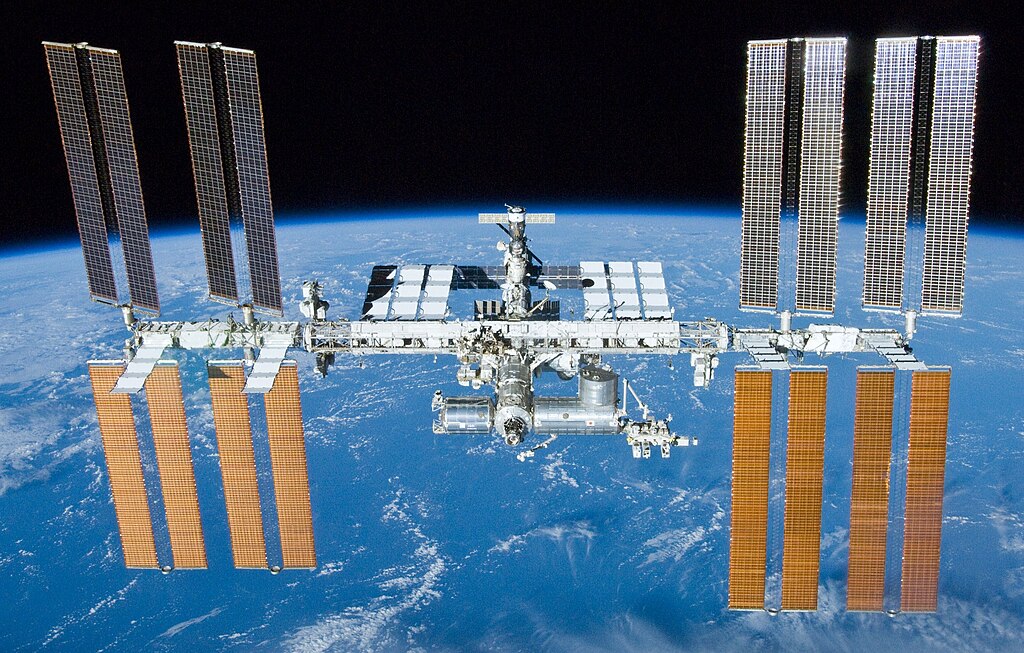
Microbiology
Microbiome
Health
STEM
Edward Hessler
A major advance in biology--genome sequencing--has allowed scientists to census the microbial composition of many natural communities. The following sentence, in the typical language of science, from the abstract of a recent report in the journal PeerJ leads readers into a study of a new ecosystem. "Here, we report results of the characterization of the microbial ecology of a singular built environment, the International Space Station (ISS)."
Fifteen surfaces on the ISS were sampled--telephones, keyboards, controllers, footholds, air vents and a tab on a privacy panel, according to specific instructions. The sampling project was part of Project MERCURRI--microbes, spacecraft and some NFL and NBA cheerleaders. The last group is pursuing careers in STEM-related fields. A history of the project may be found here. (Football fields have also been sampled.)
More than 12,000 distinct microbial species were found. They were more similar to surfaces found in people's homes than to people's bodies. The research team hypothesized a relatively low diversity of species but it was found that the ISS is species rich. The reason for the hypothesis was that the ISS houses only 6 crew members and only 220 individuals had been on board since 2000.
The research team provides some context for the findings by comparing them to research from Wildlife of Our Homes, a citizen science project. In this project 9 surfaces throughout 40 homes were sampled. The ISS samples were quite different. This was not surprising given that "unlike the ISS, homes on Earth are exposed to a variety of sources of microbes, including the outdoor air, tracked-in soil, plants, pets, and human inhabitants."
Because spacecraft and cargo are rigorously decontaminated before launch, it was hypothesized that the microbial communities found on the ISS "might be more similar to human-associated microbial communities" It was found that ISS samples were "significantly different from homes on Earth and the Human Microbiome Project (but that) the microbial community composition on the ISS was more similar to home surfaces than to the human microbiome samples."
What is the importance of this study? As you know, NASA has targeted the 2030s for a manned spaceflight to Mars and eventually the establishment of a colony of people living and working there.
According to the authors, "We know know that the microbial communities found in our terrestrial built environments play an important role in human health. ... Learning more about the microbial inhabitants of the “buildings” in which we travel through space will take on increasing importance, as plans for human exploration continue, with the possibility of colonization of other planets and moons. This study is one small step in that direction."

 CGEE Student Voice
CGEE Student Voice
No comments:
Post a Comment